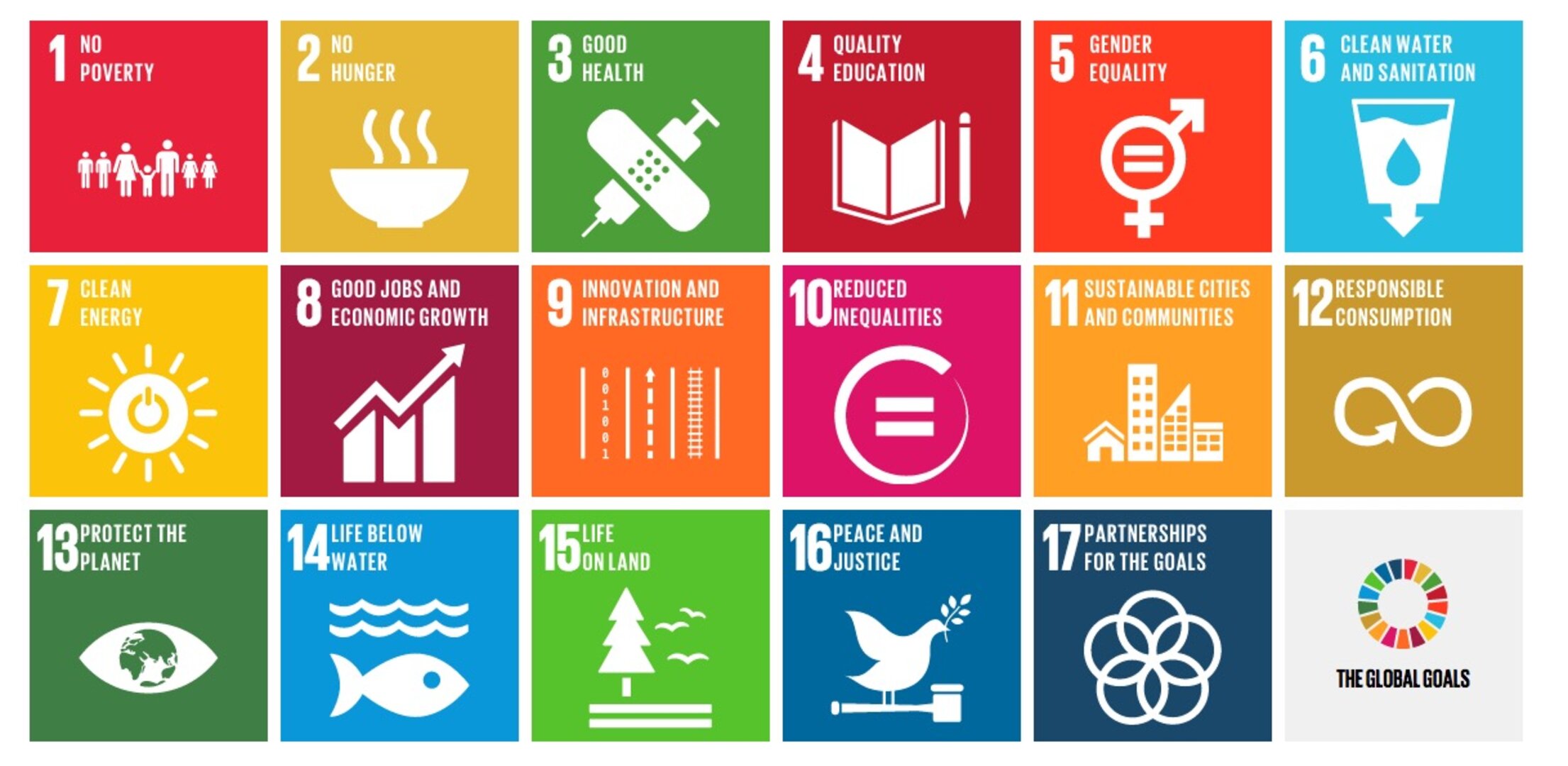
Align your climate strategy with social priorities
As companies strive to reduce their carbon footprint and improve their sustainability practices, many are turning to carbon credits as a way to neutralize their unavoidable emissions. But did you know that carbon credits can also have co-benefits that support the United Nations’ 17 Sustainable Development Goals?
Carbon credits and climate action
Carbon credits are a well-established market mechanism that allows organizations or companies to tackle their unavoidable greenhouse gas emissions by supporting projects that avoid new emissions or remove carbon from the atmosphere. These projects often involve technology or nature-based practices that sequester carbon, making them critical in achieving the Paris Agreement climate goals.
Co-benefits of carbon credits
The benefits of carbon credits don’t stop with the environment. Many carbon credit projects also have co-benefits that support other social development goals. For example, projects that promote sustainable land use practices can help achieve goal 15 (life on land) by promoting sustainable use of terrestrial ecosystems and halting biodiversity loss.
Carbon credit projects can also help alleviate poverty (goal 1) by providing income-generating opportunities for local communities. For example, a project that supports sustainable agricultural practices can provide jobs for local people while also sequestering carbon.
Gender equality (goal 5) is another area where carbon credit projects can have a positive impact. Projects that empower women and girls, such as those that provide access to clean water or promote sustainable agriculture, can help achieve this goal while also reducing carbon emissions.
Climate action (goal 13) is also part of these 17 goals, and is of course at the core of every carbon project.
By carefully selecting projects that align with their corporate sustainability priorities, companies can use carbon credits to not only offset emissions, but also contribute to the global effort to achieve the SDGs.
Challenges and opportunities
Of course, using carbon credits to support the SDGs is not without its challenges. Transparency and accountability are essential to ensure that projects are actually delivering co-benefits. Companies need to carefully vet projects and work with reputable partners to ensure that their investments are having a positive impact. Ideally, these co-benefits have been certified by a third-party organization.
Conclusion
In conclusion, carbon credits offer companies a way to offset their emissions while also supporting the United Nations’ 17 Sustainable Development Goals. By carefully selecting projects with co-benefits that align with their own corporate sustainability priorities, companies can use their investments in carbon credits to make a positive impact on both the environment and society.


